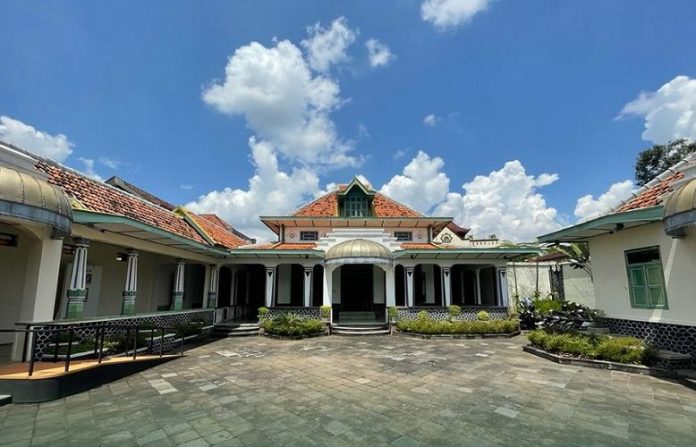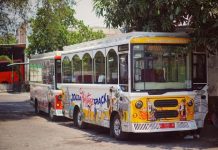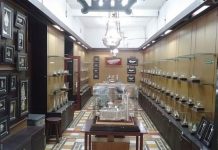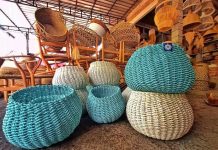The concept of a community-based museum is expected to be a door to recognize the story of events and various historical flows that occurred in Kotagede as a whole & its relationship to the location that is still preserved. The tradition that is still maintained and preserved in Kotagede is a tourism attraction, so the museum is present as the initial information center of the Living Museum Kotagede.
Visitors are presented with the potentials of 4 clusters in Kotagede, namely the Archaeological Site and Historical Landscape Cluster, the Traditional Technology Proficiency Cluster, the Literary Performing Arts, Customs-Traditions and Daily Life Cluster, and the Community Social Movement Cluster.
In the Archaeology and History Cluster, for example, visitors can see artifacts, buildings, cultural heritage and more. The Traditional Crafts Cluster contains information on architectural heritage and silver craftsmanship.
The Literature, Performing Arts, Customs and Traditions cluster covers Kotagede’s artistic creations and culinary specialties such as Kipo and Waru. While the Social Movement Cluster is related to the historical journey related to the emergence and development of social and community organizations in Kotagede. This includes its role in Indonesia’s independence.
Kotagede Museum is based on the environmental situation outside the museum walls, but it still needs a meeting point to become an anchor for the existence of Kotagede Museum itself. Thus, that point is called Kotagede Museum: Intro Living Museum that occupies the cultural heritage building of Rumah Kalang located at Tegalgendu Street, Kotagede, Yogyakarta, which functions as an information center about the potential of Kotagede cultural heritage area.
The building of Rumah Kalang and some of the collections in the Kotagede museum came from grants from Kotagede figures and communities. Rumah Kalang, which is now an asset of the Yogyakarta Regional Government, previously belonged to B.H. Noerijah, one of the Wong Kalang figures. Wong Kalang helped shape Kotagede’s identity, not only because of the building that has a distinctive architectural character, but also its role in social, cultural and economic life.
The building of Rumah Kalang, which was built in stages from 1931 to 1938, combines many styles, with a unique style, different from other architecture of its era. There are traditional Javanese, Chinese, and European building styles that form the architectural identity of Rumah Kalang.
Translator: Sofia Annisa Levinawati




